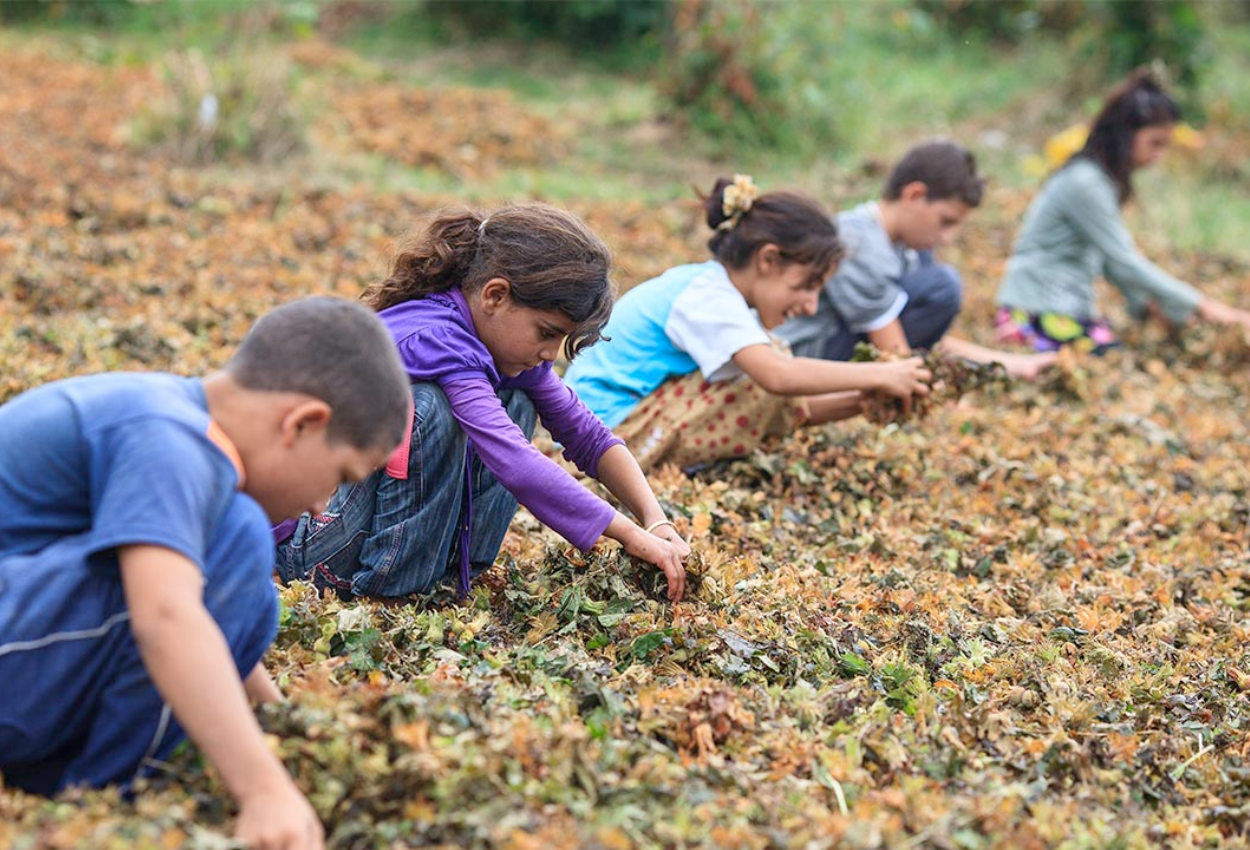
Summer in Türkiye marks the start of the harvest season, where many workers head to the fields to pick crops like tomatoes, cotton and hazelnuts. A significant portion of these workers are children.
Leyla Ozer from Hayata Destek Dernegi (Support to Life Organization) emphasized how unfortunately common child labor is in agriculture while speaking to Hurriyet. "The conditions in which children work are not suitable for their development and well-being," Ozer said.
According to the Turkish Statistical Institute (TUIK), the participation rate of children aged 15-17 in the workforce increased from 18.7% to 22.1% in one year. Estimates suggest there are around 700,000-800,000 child workers in Türkiye, though the actual number might be closer to one million, particularly during the summer months when schools close and seasonal work peaks.
Murat Cakir from the Workers' Health and Work Safety Assembly (ISIG) admitted: "The actual number of child workers could be as high as one million, especially during the summer when seasonal work increases."
TUIK's report also highlights regional disparities. For example, Sanliurfa has the highest child population at 44.4%, whereas Tunceli has the lowest at 16.5%. These regional differences impact the prevalence of child labor, with higher rates observed in economically disadvantaged areas.
Economic factors significantly contribute to the increase in child labor. Many families struggle with poverty, compelling children to leave school and enter the workforce to support their households.
Education experts and child rights advocates point out that socioeconomic inequalities and poverty are the primary reasons children drop out of school. The rate of children leaving school to work rose to 22% in 2023, with boys more affected (32.2%) than girls (11.5%).
Ozgenur Korlu, a policy analyst at the Education Reform Initiative (ERG), emphasized that children working from a young age miss out on education, which hampers their prospects and perpetuates the cycle of poverty.
"Children who work are deprived of their right to education," Korlu said. This situation is exacerbated by Türkiye’s economic crisis, which pushes families to prioritize immediate financial needs over long-term educational goals.
Addressing child labor in agriculture requires comprehensive strategies. Leyla Ozer from Hayata Destek Dernegi described their efforts to create safe spaces for children. These spaces provide educational and recreational activities to keep children away from the fields.
"Our goal is to ensure children stay out of the fields and support their well-being and education," Ozer explained.
The government has also been urged to implement stricter regulations and provide better living conditions for seasonal agricultural workers. Proposals include tracking and supporting children’s education when families migrate for work, offering free educational programs during the summer, and enforcing laws that prohibit the worst forms of child labor.
Moreover, addressing the root causes of child labor, such as poverty and lack of access to education, is crucial. This involves providing financial support to families, ensuring access to quality education and improving living conditions for seasonal workers.
Social services play a key role in identifying and assisting children at risk of falling into child labor.
Experts argue that the root causes of child labor must be addressed to make lasting changes. Socio-economic inequalities, lack of access to quality education and regional disparities are significant factors.
Policies should focus on providing financial support to families, ensuring all children have access to education, and improving living conditions for seasonal workers.
Social services should play a key role in identifying and assisting children at risk of falling into child labor.